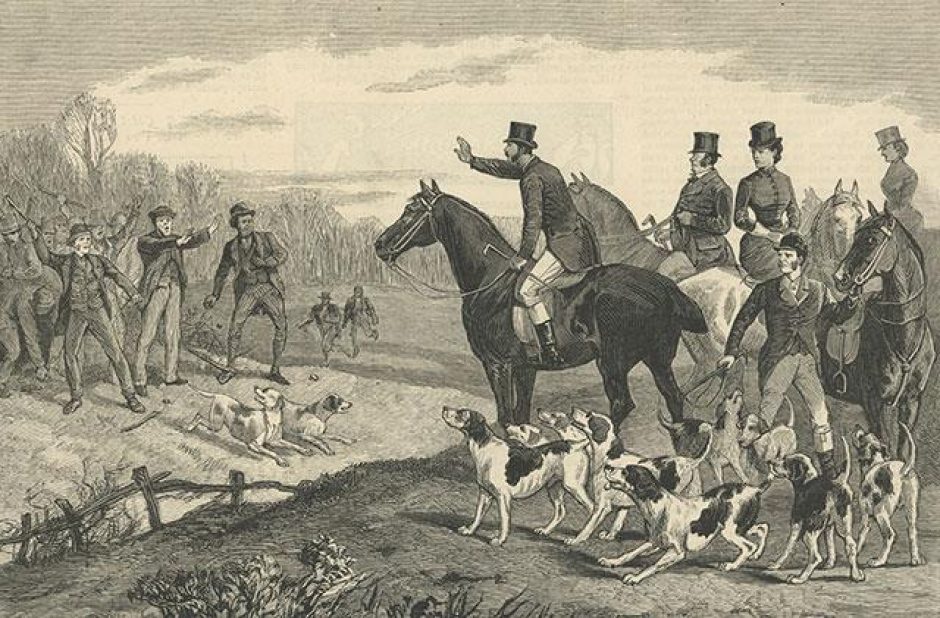I´ve have always been deeply proud to have been involved in the animal rights movement. I have always experienced it as a diverse and welcoming community of seriously committed individuals working together for the noble cause of animal liberation. As i´ve grown older I have come to understand how important women, and the broad ideas of feminism have been to the movement.
When I was at university we did a whole term exploring the Troubles in the north of Ireland, what caused them and why they persisted for so long. One theorist that I still remember, and would love to read again, went by the name of Bar-Tal. If I remember correctly he had this idea that a community has a shared sense of identity, nationalist or unionist in his case, and that certain acts or events, such as murders, have the ability to rupture that social fabric and cause a type of collective trauma. When a murder is perpetuated against one of them. A sense of grief, or damage, or threat or whatever is felt by everybody in that community. This in turn reinforces their sense of identity, and their resistance to perceived opposition.
After graduating I went onto research and write a history of animal rights militancy. And whilst the most iconic images of animal liberation used often date from the 1980s, Into The Nineties, the struggle escalated in many regards. Many dramatic and important actions happened, in which many people contributed and sacrificed their time, jobs, reputation, security, social lives, money, and freedom to win something better; equal and just consideration of the interests and rights of non-humans. Let us not forget that very early on in that decade we gained two martyrs; young saboteurs Mike Hill and Tom Worby – murdered by criminal hunt scum above the law. This was followed by the martyrdom of Jill Phipps, crushed to death whilst objecting to the obscene practice of live calf exportation. The late 1990s saw a wrath of militant and highly successful campaigns, overshadowed by Barry Horne, giving his life on hunger strike. Thinking the two periods are not connected is impossible for me. Those deaths caused a mindset and level of thinking that escalated the activities of the movement to an intensity not seen in British left-wing activism since I don´t know when? Can anyone tell me the state of the movement in Canada these days after the tragic death of Regan Russell? More or less spikey?
What I´m trying to say is the 1990s, like every generation before and every generation after, gave birth to a whole movement of incredible people. That a lot of people have a lot invested in this fight, for very good reasons. Today is no different. The campaign against MBR Acres has “revitalised anti-vivisection campaigning” in the UK we have heard. Memories of Hillgrove, Consort, Shamrock, Regal and likewise before the ugly state repression of the movement at Sequani, Oxford, Cambridge, Newchurch, HLS and the sitting duck that is Highgate Farm in Lincolnshire in Brexit Britain. Many people have contributed and invested everything in this struggle. If you have ever worked at an animal sanctuary, or in prisoner support or at vegan outreach, doing the cull or sabbing fox hunts then you would know this. The movement is made up of all kinds of wonderful and incredible people, who look and seem routinely ordinary. The SG used to list I think around 200 people who had gone to gaol as political prisoners since the 70s. When I worked at the VPSG, the lovely lady in the little cottage who was and probably still is a ferocious advocate for both animal and by extension prisoner rights told me that she could probably add another 200 to the books. That was before all the fun and games of the demise of SHAC et al., and I´m sure a lot of them will tell you that they got caught for silly reasons, mistakes that could have been avoided if they had been thinking clearly. Get over it: that was the past – what matters is the future.
October 2021
